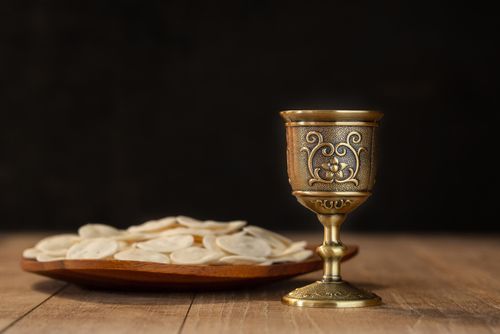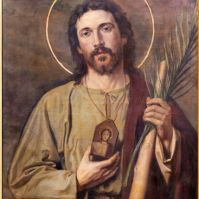 The Feast of Corpus Christi, or the Solemnity of the Most Holy Body and Blood of Christ, is a significant observance in the Catholic Church dedicated to celebrating the Eucharist's mystery. It emphasizes the joy of the institution of the Eucharist, which is considered one of the most important sacraments ordained by Jesus during the Last Supper. The feast is celebrated on the Thursday following Trinity Sunday, though in some countries, the celebration is moved to the following Sunday to facilitate wider participation.
The Feast of Corpus Christi, or the Solemnity of the Most Holy Body and Blood of Christ, is a significant observance in the Catholic Church dedicated to celebrating the Eucharist's mystery. It emphasizes the joy of the institution of the Eucharist, which is considered one of the most important sacraments ordained by Jesus during the Last Supper. The feast is celebrated on the Thursday following Trinity Sunday, though in some countries, the celebration is moved to the following Sunday to facilitate wider participation.
Historical Background
The Feast of Corpus Christi was established during the medieval period. The origin of the feast dates back to the 13th century and is primarily attributed to the visions of a Belgian nun named Juliana of Liege. She had visions of the church under a full moon with a single dark spot, which, she was told, represented the absence of a celebration of the Eucharist. Motivated by her visions, Juliana worked tirelessly to promote the idea of a special feast day for the Eucharist.
Her advocacy bore fruit in 1264 when Pope Urban IV officially instituted the Feast of Corpus Christi in the Catholic Church’s liturgical calendar. The pope commissioned Saint Thomas Aquinas, a leading theologian of the time, to compose the liturgical texts and hymns for the Mass and Office of the feast. This included famous hymns like "Pange Lingua" and "Tantum Ergo," which are still sung today during Eucharistic adoration and processions.
Significance of the Feast
The feast serves as a public profession of faith in the presence of Christ in the Holy Eucharist. It reaffirms the belief in the doctrine of transubstantiation, which states that during the Mass, the bread and wine are transformed into the actual body and blood of Jesus Christ, despite remaining in the appearances of bread and wine.
This day is not only about affirming faith but also about celebrating the enduring presence of Christ, who continues to nourish and sustain the faithful through His body and blood. This celebration serves as a reminder of Jesus' sacrifice and His unconditional love for humanity.
Celebrations and Traditions
One of the most visually striking aspects of Corpus Christi is the Eucharistic procession. This procession is a public testament to the veneration of the sacrament and typically involves carrying the consecrated Host in a monstrance, which is then paraded outside of the church. The procession is often elaborate, with the route decorated with flowers and banners, reflecting the joy and reverence of the feast.
In many places, it is customary for the streets through which the procession passes to be covered with elaborate floral carpets, especially in countries with strong Catholic traditions like Italy, Brazil, and Portugal. The faithful also participate actively by singing hymns and praying as they follow the Blessed Sacrament through the streets.
The Impact of Corpus Christi Today
Today, the Feast of Corpus Christi remains a vital part of Catholic life and spirituality, embodying a rich theological and cultural heritage. It is a day for Catholics to reflect on the gift of the Holy Eucharist as the source and summit of Christian life. It’s also an opportunity for parishes to come together in a joyful, communal celebration that strengthens their faith and fellowship.
Moreover, the feast is an invitation to reflect on the social dimensions of the Eucharist. It calls on the faithful to recognize Christ in the marginalized and needy and to be nourished by Christ’s body and blood to serve them effectively. This echoes the Vatican II document "Lumen Gentium," which describes the Eucharist as the "source and summit of the Christian life."
The Feast of Corpus Christi is a profound expression of faith in the real presence of Christ in the Eucharist—a central tenet of Catholic belief. It is an occasion of joy, thanksgiving, and communal celebration that not only connects the faithful to the foundational event of the Last Supper but also invites them to live out the Eucharistic mystery in their daily lives. Through its historic traditions and solemn liturgies, the feast continues to inspire and fortify the faith of Catholics around the world.



